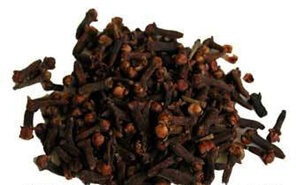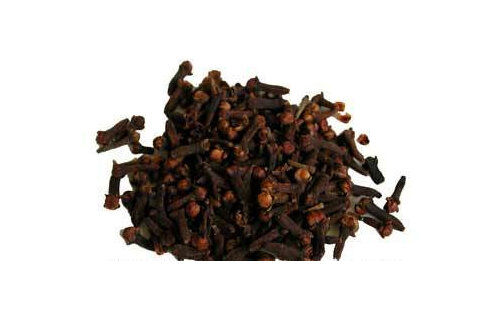Chances are, when you think of cloves, you think of the many foods hallmarked by this distinctive spice.
Ingredient: Cloves Ground Organic (Syzygium aromaticum)
Origin: India
History
No one is sure exactly when cloves became recognized as an important ingredient in food and medicine. Perhaps the earliest written record of cloves being used dates to around the year 300 B.C., when members of the Han Dynasty of China were documented using the herb as a breath freshener.
Until the last few hundred years, cloves were only grown in the famous "spice islands," off the coast of Indonesia. During the years of Dutch colonization, demand for the spice became rampant; however, export of cloves was tightly limited. At its peak, the sale and trade value of cloves rivaled that of oil.
In the 18th century, clove plants were surreptitiously smuggled out of the spice islands, and eventually found their way to Zanzibar, which is today the most prolific producer of cloves.
How are Cloves Grown
Many people are surprised to learn that clove is actually a flower bud. The scientific name for the plant is Syzygium aromaticum, however due to its popularity the name "clove" has become synonymous with both the spice and the plant itself.
The clove plant grows as a small, compact, evergreen bush, which thrives in warm, humid, climates. If allowed to flower, the plant produces a striking pink flower, which is then followed by purple berries.
Harvesting Cloves
The flower buds of the clove plant go through several stages, and must be picked at the right time in their development in order to be useable. The buds start out a pale, milky white color, which gradually shifts to green. Just before blooming, the flowers take on a deep red color - it is at this stage that they are ready to be picked.
The cloves are then harvested from the plant and dried. They are then ready for use.
Health Benefits
There are many possible health benefits to this product. To learn more research online.







